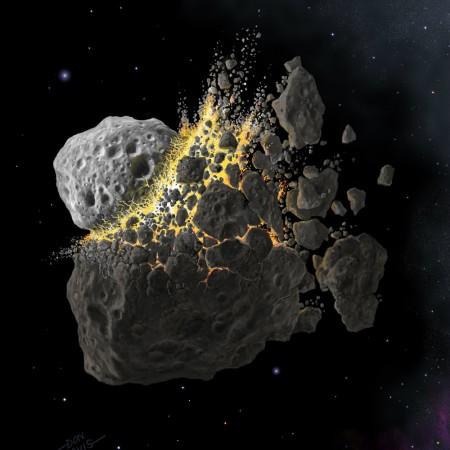
An asteroid named 2019 JB1 is heading towards earth at a mind-blowing speed of 93,000 kilometers per hour, NASA has confirmed. Asteroid trackers of the United States space agency revealed that this space body measuring 1,280 feet will make a close flyby in the early hours of May 20, 2019.
As per NASA, 2019 JB1 is a near-earth object (NEO). The space agency considers all asteroids and comets in orbit of the Sun at a distance of 1.3 astronomical units as near-earth objects. It should be noted that one astronomical unit is equal to about 92.95 million miles, and it is actually the distance between the earth and the sun.
On May 20, 2019, JB1 may come as close as 6.4 million km from the earth. A distance of 6.4 million kilometers may seem too huge in human terms, but considering the depth and vastness of the universe, this distance is quite small in astronomical terms.
Even though the chances of 2019 JB1 hitting the earth is very less, NASA believes that any impact from such gigantic space bodies could bring about cataclysmic effects in the affected area.
"If a rocky meteoroid larger than 25 meters but smaller than one kilometer ( a little more than 1/2 mile) were to hit Earth, it would likely cause local damage to the impact area. We believe anything larger than one to two kilometers (one kilometer is a little more than one-half mile) could have worldwide effects," wrote NASA on its website.
In the meantime, NASA is busy developing its planetary defense weapon to protect the earth from dreaded asteroid hits which may happen in the future. NASA scientists believe that this weapon, which is basically a spacecraft can deviate rogue space bodies from its trajectory.
A few weeks back, NASA administrator Jim Bridenstine also revealed that the possibilities of an apocalyptic asteroid hit are not something reserved for Hollywood disaster movies. In a recent speech at the Planetary Defense Conference, Bridenstine predicted that life-threatening asteroid hits could happen in the future.
















